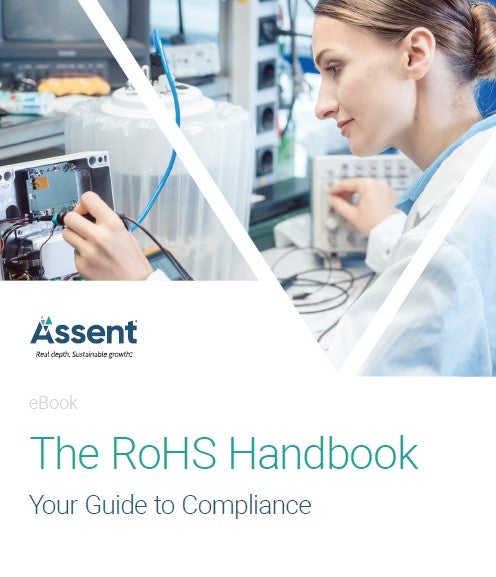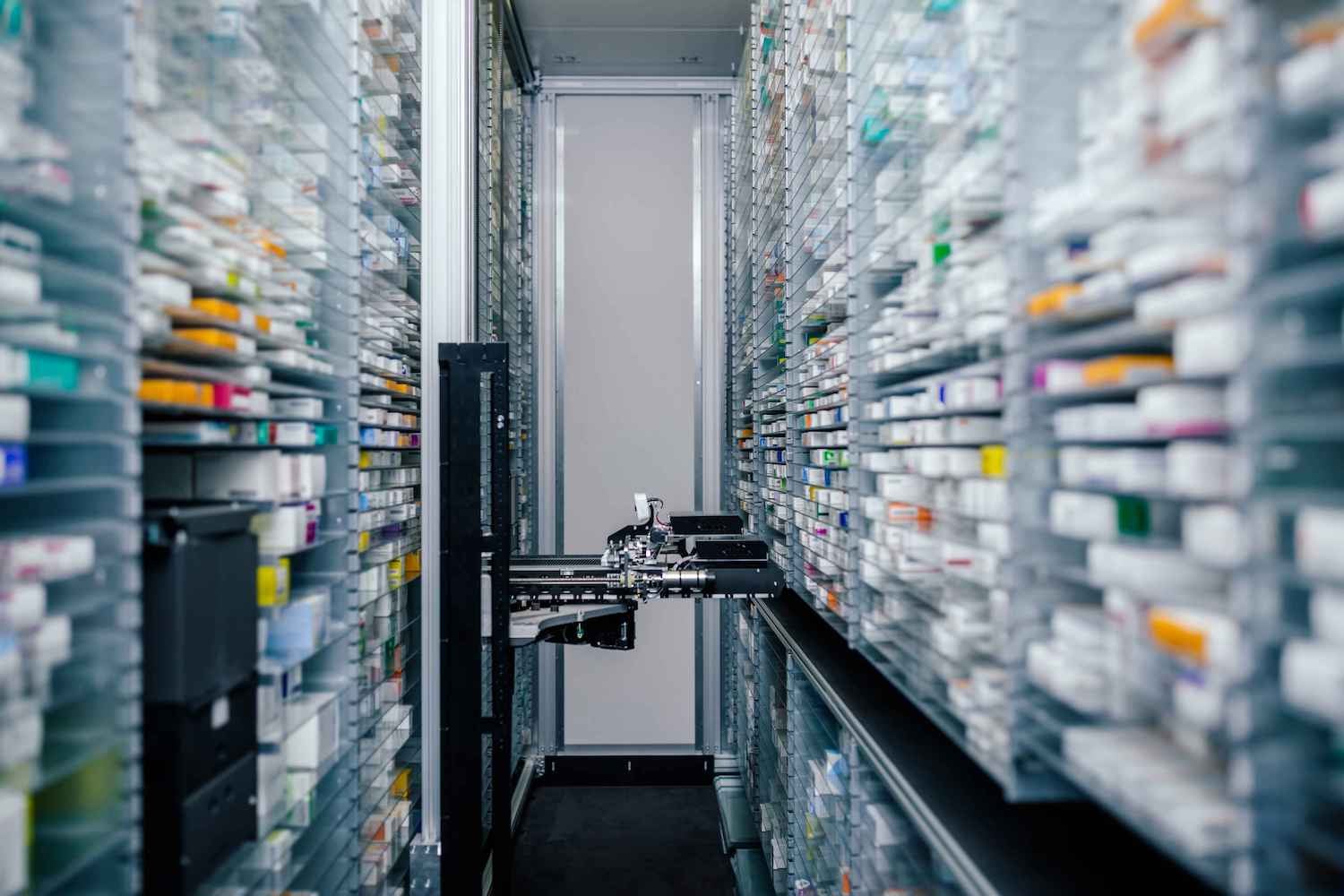CE Marking Electrical Equipment: What You Need to Know
A Conformité Européenne (CE) marking is a regulatory standard that verifies certain products are safe for sale and use in the European Economic Area (EEA). It works as a trade passport, in a way, to indicate that the product complies with the applicable European Union (EU) regulations and directives. For example, a CE marking on electrical equipment or electronics shows that it is EU Restriction of Hazardous Substances (RoHS) Directive (2011/65/EU) compliant (unless they are compliant by exemption).
CE markings are unique because, unlike other certification marks, they are not granted by a particular regulatory body (though some products may require a conformity assessment by a notified body). Manufacturers are responsible for the proper use of CE markings on products.
In most cases, the CE marking will be on the product label (as well as the packaging) and include the company name, company address, country of origin, model/serial number, and any other applicable marks. There may be exceptions if a product is too small, a marking will impair the product, or for cables. The label needs to be in the official language of the country it is being sold in, which is a common error made with imported products or those sold over the internet.
European Electrical Standards, CE Markings, & Documentation
In order to affix a CE marking to electrical and electronic equipment, companies must ensure that products are compliant with all applicable European regulations and have proper documentation.
Many products require an accompanying declaration of conformity (DoC). This must include model name, company/importer contact information and address, testing standards, and the directives tested against.
The DoC must be backed up by a technical file, which includes:
- A bill of materials (BOM), product descriptions, and/or design notes.
- Any testing performed.
- Certificates from approved test laboratories (notified bodies) if required.
The technical file is required if an enforcement body requests it. European Union member states cannot restrict the market placement of products affixed with the CE marking without adequate evidence of non-compliance.
Some directives, such as the Low Voltage Directive (LVD), also require that safe use instructions be provided in an approved language for the country of sale.

Proactive RoHS Compliance Insights: The RoHS Handbook
Complying with RoHS requires a deep understanding of your supply chain, and the parts in your electrical and electronic equipment. The RoHS Handbook helps you get proactive about:
- Managing exemptions for restricted substances you rely on
- Demonstrating compliance across the EU
- Protecting your bottom line from product recalls and lost market access

















